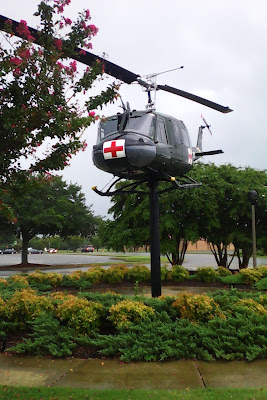© 1989 Dick Wilson
269 pages
"We Japanese cannot win here. We are trying to plow the ocean."
Before plunging into the abyss of hubris and attempting to claim the entire Pacific as its own in 1941, the Empire of Japan was hard at work attempting to enlarge itself at the expense of its 'elderly, doddering brother', China. China was, in the 1930s, in a weak state: riddled with outside colonies and barely unified after a period of feudal civil war, its only defense against Japan's increasing aggression being sheer size and numbers. After reviewing the early stages of Japanese intervention in China, which included taking over Germany's colonial interests and asserting its own after the Great War, Wilson uses the Marco Polo Bridge incident as the start of the war and delivers a straightforward military history, concluding in the epilogue that the Sino-Japanese war was a complete waste for both sides. China was ravaged, falling into the hands of an internal dictator, and would not emerge onto the global stage for decades thereafter -- while Japan would, astonishingly, bounce back as a commercial titan.
Before large-scale combat actually began, Japan had effectively annexed a portion of northern China, Manchuria, and placed a surviving member of the Chinese nobility there as their puppet. The armed conflict assumed an air of self-perpetuation escalation, as these things do, and soon Japan's goal was the complete military subordination of China. Its early attacks seized Beijing, in the north, and Shanghai in the south. (The infamous Nanjing sadism followed Shanghai.) From there, Japan labored to link its spheres of power, resulting in numerous battles in the mountains and vast expanses between the two cities. China's Nationalist leaders were able to augment their meager defenses with men and material from the west: not just the United States and Great Britain, but Germany and Russia as well. One of the more interesting tidbits exposed in this book is that Hitler struggled to rid the army of its anti-Japanese types, so while Bavarian's most famous mediocre painter was looking for alliance with Tokyo, other German elements were supporting the Rising Sun's scorched victims!) Once Hitler plunged into his foolhardy invasion of Russia, Japan felt free to seize Anglo, Dutch, and American East-Pacific holdings and thus began a separate campaign for Burma, which lay between British India and the Japanese empire in China. After a retreat, the Allies returned in a year to reclaim the territory, and by that time Japan was being slowly pushed back by the US Navy and Marines. Even as it was driven into defeat, the somnolent internal war in China between Nationalists and Communists became much more active.
For me, this was only the beginning in trying to get a handle on the Chinese side of the war. It seems like a good outline, and Wilson doesn't skip over important aspects like China's guerrilla warfare or the utter horror the war let loose in China: both from the brutal behavior of the invading army to the grim measures the Nationalists resorted to, like flooding the country to stymie a Japanese offense but killing and displacing thousands in the bargain.
Related:
Forgotten Ally: China's WW2, Rana Mitter
The Rape of Nanking, Iris Chang























